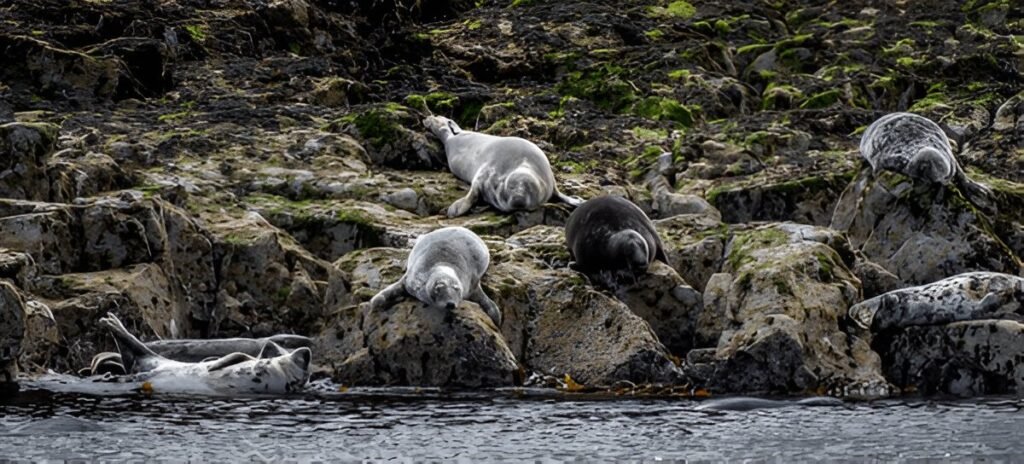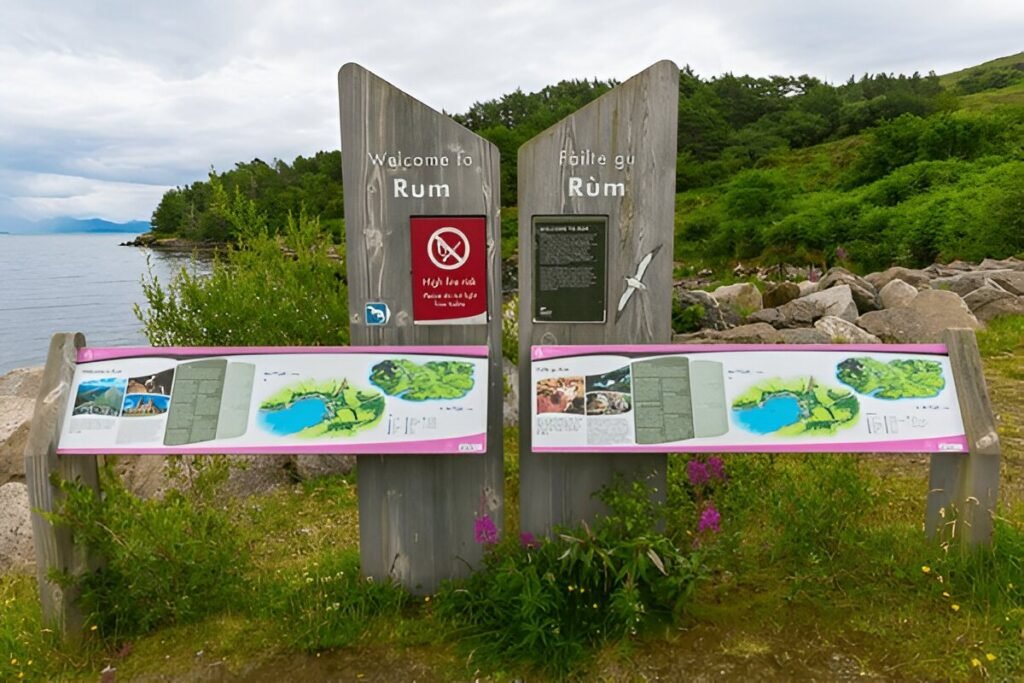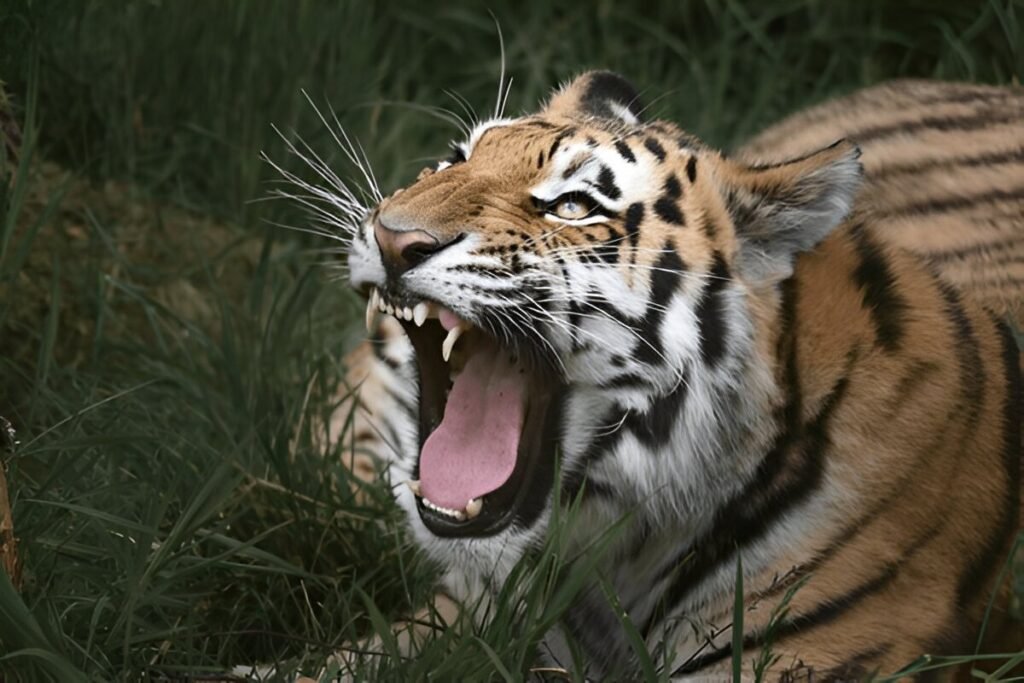Introduction
Scotland is renowned for its wild, unspoiled landscapes, and part of the country’s charm lies in its diverse wildlife. From the rugged Highlands to the coastal shores, Scotland’s wildlife reserves provide a haven for a range of species, both common and rare. These protected areas are not just sanctuaries for animals but also offer visitors the chance to connect with nature in a way that’s increasingly hard to find in the modern world.
In this blog, we will explore Scotland’s most unique wildlife reserves, highlighting the creatures that inhabit these areas, and the best ways to experience the country’s natural beauty. Whether you’re a birdwatcher, a lover of marine life, or someone looking to spot iconic Scottish animals in their natural habitat, these wildlife reserves are essential destinations.
1. Cairngorms National Park: Scotland’s Largest Wilderness
A Sanctuary for Highland Wildlife
Scotland’s Cairngorms National Park is the country’s largest national park and one of the most important wildlife reserves in the UK. Located in the Scottish Highlands, it spans over 1,700 square miles of dramatic landscapes, including mountains, woodlands, rivers, and lochs. The park is home to an impressive array of wildlife, including both land and bird species.
- Golden Eagles and Red Kites: Cairngorms is an excellent place for birdwatching, particularly for spotting golden eagles and red kites. These majestic birds of prey are iconic symbols of the Scottish Highlands and can often be seen soaring above the mountains and glens.
- Scottish Wildcats: The park is also a critical sanctuary for the elusive Scottish wildcat, a species that is endangered and increasingly rare in the wild. Cairngorms is one of the few places where you might catch a glimpse of this solitary and elusive creature.
- Other Wildlife: Other animals that call the Cairngorms home include red deer, roe deer, and a variety of small mammals such as pine martens and stoats. The park’s diverse habitats also provide a home for a variety of plants and insects, making it a prime location for nature lovers.
Exploring the Cairngorms
Visitors can explore Cairngorms National Park through its extensive network of walking trails, from lowland walks to mountain hikes. The Loch an Eilein area offers a peaceful spot for wildlife watching, where you can often spot otters and birds along the shore. For those looking for a more active adventure, there are opportunities for canoeing, cycling, and skiing during the winter months.
2. The Isle of Mull: A Haven for Marine Life

A Rich Marine Environment
The Isle of Mull, located off the west coast of Scotland, is renowned for its incredible marine life. The island’s rugged coastline and rich waters make it an ideal destination for wildlife enthusiasts looking to explore Scotland’s marine reserves. From dolphins and seals to orcas and minke whales, Mull offers some of the best opportunities to see marine wildlife in their natural habitat.
- Whale Watching: One of the best ways to experience the wildlife on Mull is by taking a whale watching tour. The waters around the island are home to several species of whales, including minke whales and orcas. These tours often offer sightings of other marine life such as dolphins, porpoises, and seals.
- Otters and Eagles: On land, the island is also home to a variety of bird species, including white-tailed eagles and golden eagles, both of which are frequently spotted soaring above the cliffs. Mull’s coastal waters are also prime feeding grounds for these magnificent raptors.
- Tiree and Coll Islands: Nearby, the Islands of Tiree and Coll provide a quieter, more remote place for wildlife watching, with opportunities to spot sea eagles, harbor seals, and various seabirds.
How to Explore the Isle of Mull
Mull is easily accessible by ferry from the mainland, and once on the island, visitors can explore the rugged coastlines, visit the scenic Calgary Bay, or venture into the Mull Eagle Watch project, which offers a chance to see eagles in their natural habitat. The island’s scenic beauty, combined with its wealth of wildlife, makes it an unforgettable destination for nature lovers.
3. RSPB Loch Garten: A Birdwatcher’s Paradise

Scotland’s Premier Bird Reserve
RSPB Loch Garten, located in the Cairngorms National Park, is one of Scotland’s most famous bird reserves. The reserve is best known for its role in the conservation of the Scottish osprey, a bird of prey that has made a remarkable recovery in recent decades.
- Ospreys: Loch Garten is home to a well-established population of ospreys, and during the summer months, visitors can watch these magnificent birds as they hunt and nest in the area. The reserve offers specially designed hides where birdwatchers can observe ospreys without disturbing them.
- Other Bird Species: In addition to ospreys, the reserve is home to a wide variety of bird species, including red-throated divers, crossbills, and wood warblers. The area’s varied habitats—ranging from loch-side to pine forests—support an impressive range of birdlife.
- Wildlife Viewing: Loch Garten is also home to other wildlife, including red squirrels and pine martens, and its peaceful surroundings make it an excellent spot for nature walks and wildlife photography.
Visiting Loch Garten
Visitors to the reserve can enjoy walking through the surrounding forests, where informative boards along the trail highlight the local wildlife. The reserve also features a visitor center with exhibits on the osprey recovery program and the area’s flora and fauna.
4. The Isle of Islay: The Whisky Island and Its Wildlife

A Unique Blend of Whisky and Wildlife
The Isle of Islay, located off the west coast of Scotland, is best known for its world-famous whisky distilleries, but the island is also a wildlife haven. With its extensive wetlands, rugged coastlines, and diverse habitats, Islay is home to a wide range of birds, mammals, and marine life.
- Birdwatching: Islay is a haven for birdwatchers, particularly those interested in seabirds and migratory species. The island’s RSPB Islay Reserve is a key spot for observing geese, waders, and waterfowl. Islay is also a prime location for spotting white-tailed eagles and hen harriers, as well as a variety of seabirds such as gannets and shags.
- Otters and Seals: The island’s coastal areas are home to otters and harbor seals, which are frequently spotted along the shorelines. Islay is one of the best places in Scotland to see otters in the wild, especially during the early morning and evening hours.
Exploring Islay’s Wildlife
Islay offers numerous wildlife reserves and walking trails where visitors can explore the island’s natural beauty. The island also offers opportunities for kayaking and boat tours, giving wildlife enthusiasts a chance to get closer to the marine creatures that inhabit Islay’s waters.
5. The Flow Country: Scotland’s Wetlands and Rare Species

A Unique Ecosystem of Wetlands
The Flow Country in the far north of Scotland is one of the most important and ecologically sensitive areas in the UK. This vast network of wetlands, bogs, and peatlands is home to a variety of rare species and provides crucial habitats for many birds and insects.
- Golden Plovers and Hen Harriers: The Flow Country is a key site for birdwatchers, particularly for spotting golden plovers, hen harriers, and merlins. The wetlands provide important breeding grounds for these species, and the area is a designated Special Protection Area for birds.
- Peatbogs and Flora: The region’s peatbogs are not only home to birds but also play a crucial role in carbon storage and biodiversity. Visitors to the Flow Country can explore the diverse plant life, including rare species of mosses and wildflowers.
Experiencing the Flow Country
The Flow Country can be explored through various walking trails and guided tours. The Forsinard Nature Reserve is an excellent starting point, where visitors can learn about the region’s unique ecosystem and spot some of its rare wildlife.
Conclusion
Scotland’s wildlife reserves offer a diverse range of experiences for nature enthusiasts. From the majestic golden eagles of Cairngorms National Park to the marine life of the Isle of Mull, Scotland is home to a wealth of natural beauty and fascinating wildlife. Whether you’re an avid birdwatcher, a fan of marine life, or someone who simply enjoys being immersed in nature, Scotland’s wildlife reserves are the perfect places to witness the country’s breathtaking biodiversity.












